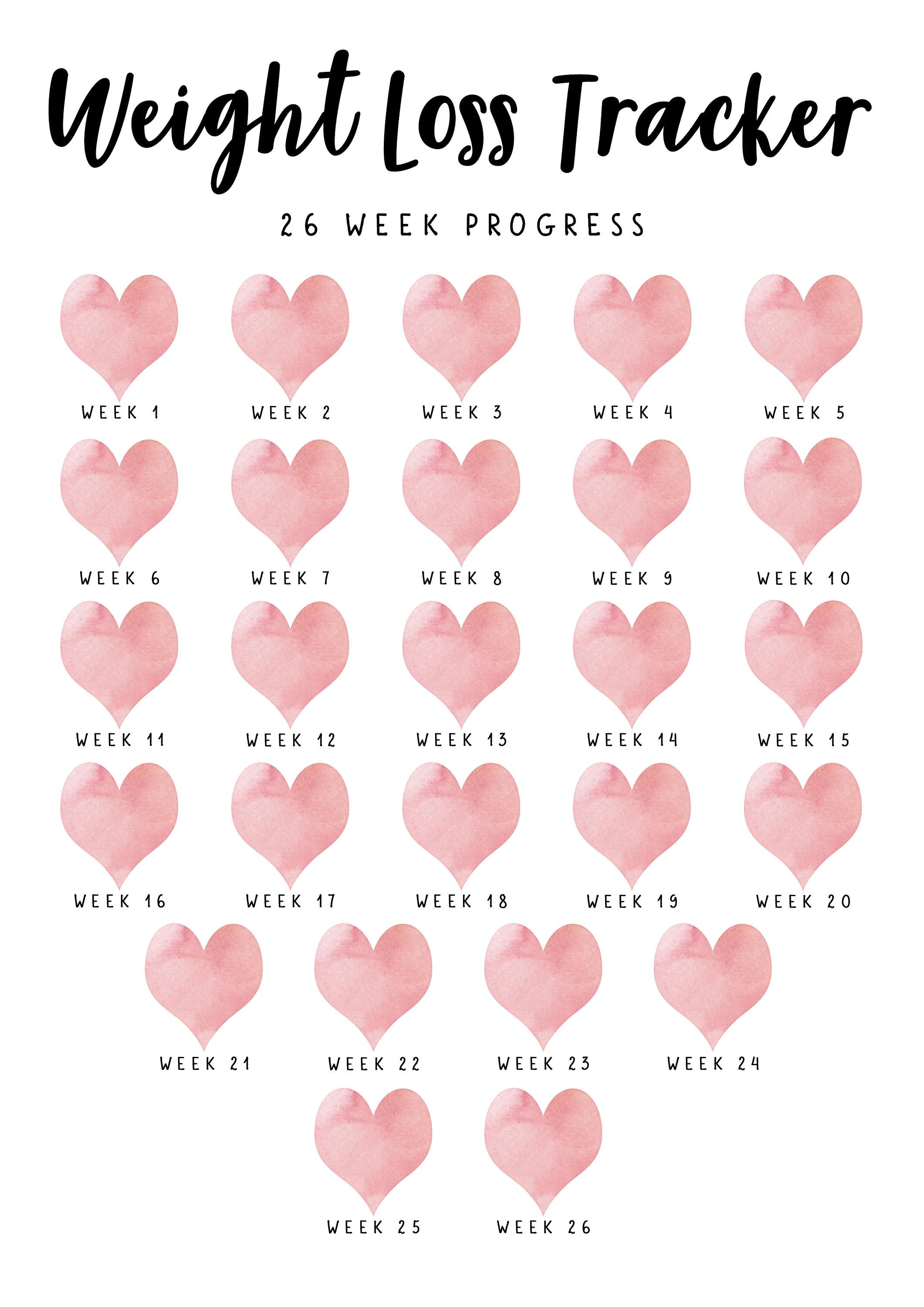In the pursuit of achieving and maintaining a healthy weight, staying focused and motivated can often be a daunting challenge. However, leveraging modern tools like a weight loss tracker can transform this journey into a more structured and manageable endeavor. This guide will provide you with an authoritative overview of how to effectively use a weight loss tracker to not only monitor your progress but also to enhance your commitment to your weight loss goals. By systematically tracking key metrics, such as calorie intake, physical activity, and weight fluctuations, you can gain valuable insights into your habits and make informed adjustments to your lifestyle. With the right approach, a weight loss tracker can serve as a powerful ally in your quest for better health, offering both accountability and encouragement along the way.
Setting Up Your Weight Loss Tracker for Maximum Efficiency
To ensure your weight loss tracker works effectively, begin by customizing it to align with your personal goals and lifestyle. Personalization is key: choose a platform or app that resonates with you and allows flexibility in tracking various metrics like calories, macronutrients, exercise, and water intake. Most trackers offer options to set daily reminders and notifications, helping you stay consistent and motivated. Tailor these alerts to fit your routine and preferences, ensuring they serve as helpful nudges rather than disruptions.
- Define clear objectives: Establish specific, measurable, achievable, relevant, and time-bound (SMART) goals. This provides a structured path and keeps you focused.
- Regularly update data: Make it a habit to log your meals, workouts, and weight consistently. This creates a comprehensive view of your progress and highlights patterns.
- Analyze trends: Use the analytics features of your tracker to identify what’s working and where adjustments are needed. This can reveal insights into eating habits and exercise routines.
By thoughtfully setting up your weight loss tracker, you transform it from a simple tool into a personalized assistant that enhances your journey towards better health.

Customizing Features to Match Your Personal Goals
Maximize the effectiveness of your weight loss tracker by tailoring its features to align with your unique objectives. Begin by identifying what matters most to you on this journey—be it shedding pounds, increasing physical activity, or maintaining a balanced diet. Once you’ve pinpointed your priorities, delve into the tracker’s settings to adjust them accordingly. Consider the following customizable elements:
- Goal Setting: Define specific, measurable targets that reflect your personal aspirations, such as losing a certain number of pounds per month or hitting a daily step count.
- Progress Monitoring: Opt for features that allow you to track metrics relevant to your goals, like caloric intake, water consumption, or workout duration.
- Reminders and Alerts: Set up notifications to keep you accountable and remind you of your objectives, whether it’s a nudge to move more or to log your meals.
- Integration: Sync with other health apps or devices to provide a comprehensive view of your progress, enhancing the precision and effectiveness of your tracking.
By customizing these features, you ensure that your weight loss tracker becomes a powerful ally in staying focused and motivated, effectively bridging the gap between where you are now and where you aim to be.

Interpreting Data to Enhance Your Weight Loss Strategy
When utilizing a weight loss tracker, the ability to interpret data effectively is crucial for achieving your fitness goals. By analyzing patterns and trends in your data, you can make informed decisions about your diet and exercise regimen. Here are some key elements to focus on:
- Caloric Intake: Track your daily calories to ensure you’re consuming the right amount to support your weight loss goals. This data helps in adjusting meal plans for optimal results.
- Exercise Patterns: Identify which workouts yield the best results by comparing data over time. This allows you to tweak your exercise routine for maximum efficiency.
- Progress Over Time: Regularly review weight and measurement changes to stay motivated and adjust your strategy if progress stalls.
By consistently monitoring these aspects, your weight loss tracker becomes an indispensable tool, enabling you to stay focused and adapt your strategy as needed for continued success.

Maintaining Motivation and Consistency Through Regular Tracking
To achieve lasting success in your weight loss journey, it’s crucial to keep your motivation high and your efforts consistent. Regular tracking plays a pivotal role in this process. By documenting your progress, you create a tangible connection to your goals, making it easier to stay focused. Here’s how you can effectively use a weight loss tracker to maintain momentum:
- Set Clear Goals: Define what you want to achieve. Whether it’s losing a specific number of pounds or fitting into a particular dress size, having a clear target gives your tracking purpose.
- Track Daily Progress: Regularly updating your tracker with your weight, measurements, and even mood or energy levels can help you spot trends and patterns. This insight allows you to adjust your strategy as needed.
- Celebrate Small Wins: Recognize and reward yourself for hitting milestones. These celebrations reinforce positive behavior and keep you motivated to continue.
- Analyze Data: Use your tracker to review your progress over time. Understanding what works and what doesn’t can guide you to refine your approach, ensuring you’re always moving forward.
By incorporating these strategies, your weight loss tracker becomes more than just a tool; it transforms into a powerful ally that supports your journey towards a healthier, more confident you.
